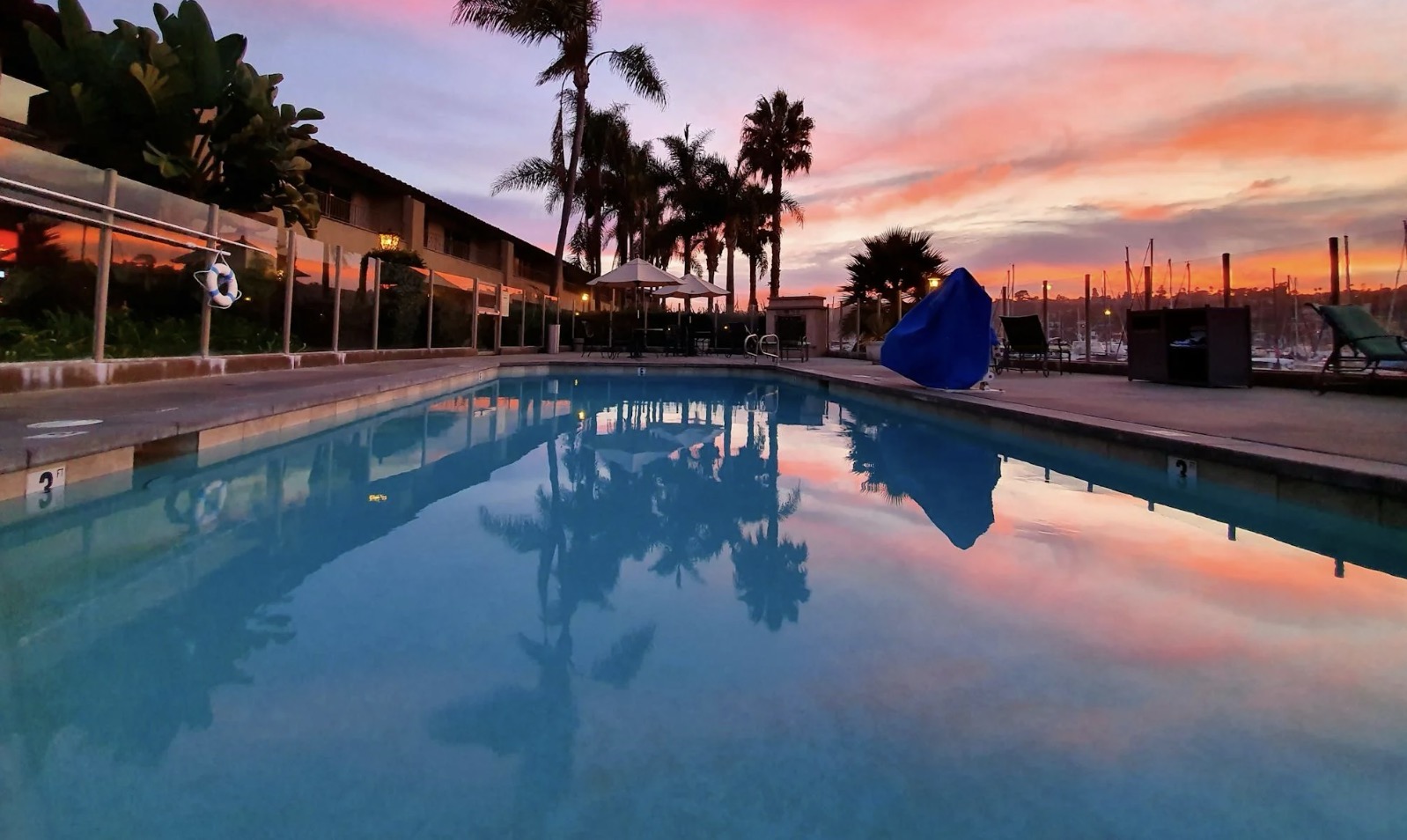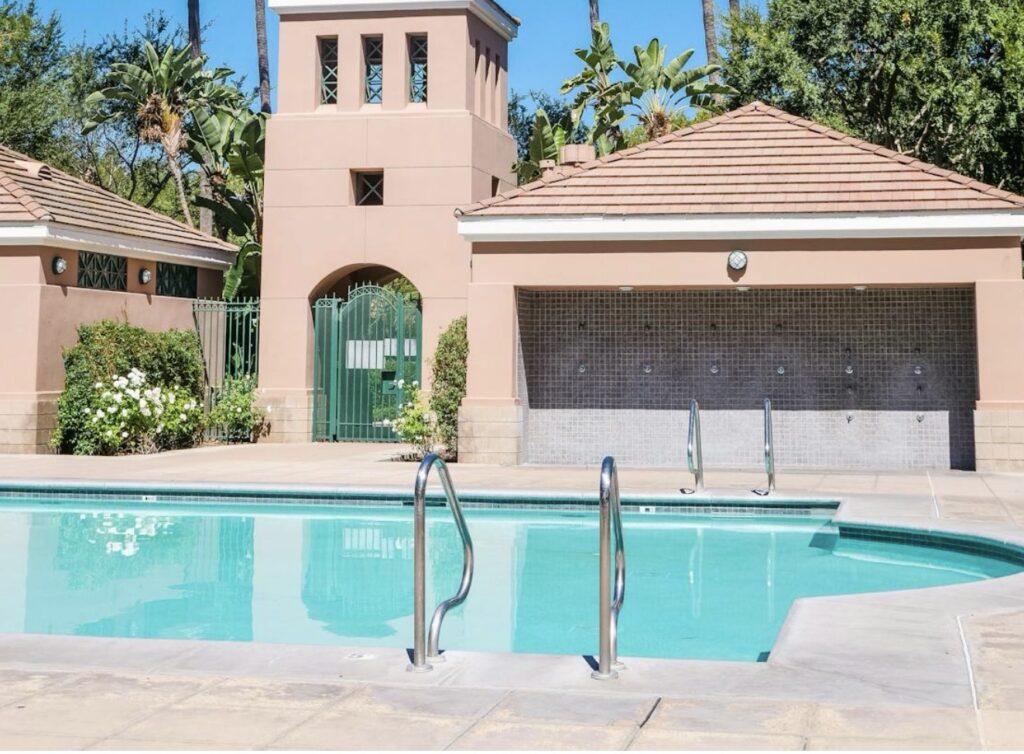Are you a homeowner wondering how to tackle your pool construction timeline? “Pool Construction Timeline” is one of the top search terms for people looking to transform a backyard into an oasis, but many find the process confusing. If you’re eager to discover step-by-step details—from design and permitting to final inspections—exploring our dedicated resource on creating a backyard pool can help you start off right. For an in-depth look at estimated build times, visit our guide on common construction durations.
In this article, you’ll learn why constructing or remodeling an inground pool involves more than just pouring concrete. We’ll cover key phases of the entire process, highlight elements that can slow things down, and provide real statistics on the current market. Whether you’re dreaming of installing a brand-new concrete pool or adding custom features to an existing structure, understanding the timeline helps you plan confidently.
Why Building an Inground Pool Takes Time
Many homeowners expect a quick project once they’ve decided to install a pool. However, pool building goes far deeper than excavation and filling with water. Various stages require adherence to local rules and exact technical work from multiple teams.
A primary reason for extended construction periods involves mandatory permits. In some regions, approvals wrap up in two weeks. In areas with stringent rules—like portions of California—it may take two months or more to secure a permit.
Another time factor includes weather disruption. Regions with frequent rain or temperature extremes often face curing delays for concrete or gunite. This extra time supports proper structural integrity and durability in the finished pool.
Key Phases of the Pool Construction Timeline
An inground pool project typically spans from 8 to 12 weeks, although highly customized work can stretch closer to six months. Below are the major phases that drive this schedule.
1. Design and Planning
During the design phase, you and your chosen pool expert discuss your layout, shape, dimensions, and features. This step commonly takes one to four weeks, depending on permit requirements or engineering reviews. In Florida, for instance, standard designs might move swiftly, but extra water features or deeper basins will add planning time.
2. Permitting
Once you’ve decided on a design, your contractor files the necessary paperwork with local authorities. Permit approvals can take anywhere from two to six weeks. In heavily regulated spaces like New York or California, that span may lengthen to eight weeks if local boards require multiple reviews.
3. Excavation
This phase involves clearing the site and digging out the pool shape. The digging alone might wrap up in two days, but rocky terrain or encounters with underground utilities can slow things down. Some homeowners in areas like Arizona face the challenge of dense clay soil, adding extra steps for specialized excavation equipment.
4. Steel Reinforcement and Plumbing
After excavation, your pool builder installs rebar (or other steel reinforcements) and the plumbing system. The steel frame supports the shell of the pool, while plumbing ensures you have a functional pump, filtration lines, and water features. This stage typically lasts one to two weeks, longer if you’re adding complex spa add-ons or custom light installations.
5. Gunite or Concrete Application
Gunite application is the process of spraying a specialized concrete mixture onto the steel framework. It requires careful control for thickness and shape. In mild climates, curing might take a week, but cooler or rainier locations can push it to two weeks or more. During colder months in the Midwest, some builders set up heated enclosures to achieve a proper cure.
6. Finishing Touches
Once the shell has finished curing, professionals add tile, coping, and your chosen interior finish (like plaster or pebble). This can last one to four weeks, especially if you include a raised spa, waterfall features, or elaborate lighting. Luxury projects in places like Southern California often feature custom tile mosaics—adding more time but elevating the finished look.
7. Decking and Landscaping
Alongside finishing the pool interior, many homeowners opt for decorative concrete or natural stone decking around the pool. This step may require another one to two weeks. Some people also incorporate landscaping improvements—like shrubs, fire pits, or seating areas—taking a few extra weeks for design or installation.
Factors That Affect Your Timeline
Multiple variables can add or subtract weeks from your overall schedule. Below are some of the biggest influencers.
- Weather Delays: Rain, extreme cold, or excessive heat can halt excavation and curing.
- Material Supply: Industry-wide shortfalls—like the ones seen in 2020—can hold up steel delivery or specific finishes.
- Permit Complexity: Dense urban zones or earthquake-prone areas often demand more rigorous engineering sign-offs.
- Customization: Features like rock waterfalls, custom lighting, or attached spas tacked on mid-project often add extra weeks.
If you’d like an in-depth look at how features such as rock waterfalls or water slides can influence your pool building timeline, check out our ideas on rock waterfalls, slides, and grottoes.
Regional and Seasonal Variations
Each region has its quirks. In Florida’s humid climate, it’s common to see 8- to 10-week builds since it rarely drops below freezing. Meanwhile, frigid locations like Minnesota might involve tenting and heaters, adding extra cost or wait times.
Season matters as well. Construction companies in warm-weather states can work year-round with minimal interruption. In colder areas, building a pool in winter is possible but might require special care. Some owners find off-season deals on labor or materials when pool builders have fewer queued projects.
Looking beyond these details, the demand for pool installations continues to rise. According to scottmax.com, the global swimming pool construction market is projected to reach $275 billion by 2025. That growth ties directly to rising consumer interest in at-home luxury additions.
Common Questions
How long does it take to build different types of pools?
Vinyl pools can finish in as little as 10 days because the liners are pre-cut. Fiberglass shells take 2 to 3 weeks. Concrete or gunite installations can last anywhere from 8 weeks for simpler projects to 6 months for those with complex custom designs.
Is there a way to speed things up?
Working with experienced local pros helps you avoid mistakes and scheduling conflicts. Alan Smith Pools, for instance, has streamlined processes—like dedicated in-house crews—for more consistent results. Planning your build during less busy seasons may also shorten waiting times for inspections or materials.
Does the pool need time to cure after being filled?
Once the interior finish is complete, the pool is filled with water. Technically, the curing mostly applies to concrete and plaster surfaces prior to filling. After filling, you’ll balance chemicals, but this step usually only adds a few days before you can swim.
What are typical reasons for delays?
Supply chain shortages, inclement weather, permit backlogs, or mid-project design changes can push the timeline back. Unforeseen site issues—like discovering large underground roots—also cause brief pauses.
How do I budget for a pool project?
Beyond the timeline, budget considerations can be a concern. You’ll want to factor in design fees, permits, material choices, and add-ons. If you need insights on costs in Southern California, explore our breakdown of pool-building expenses to help you make well-informed choices.
Wrapping Up
A well-planned pool construction timeline can be the difference between a thrilling experience and a stressful ordeal. When you understand each phase—from the initial design talks to final touches—you’re more prepared to manage seasonal shifts, permit requirements, and custom add-ons.
If you’re ready to begin or just want more professional guidance, take a look at our pool construction services in Orange County. Embracing a realistic schedule helps you avoid surprises and look forward to a backyard centerpiece that brings joy for years to come.
References
Angi. (n.d.). How Long Does It Take to Build a Pool? Retrieved from https://www.angi.com/articles/how-long-does-it-take-build-pool.htm
Scott Max. (n.d.). Swimming Pool Industry Statistics to Know. Retrieved from https://www.scottmax.com/swimming-pool-industry-statistics-to-know/
Cognitive Market Research. (n.d.). Swimming Pool Construction & Design Market Report. Retrieved from https://www.cognitivemarketresearch.com/swimming-pool-construction-design-market-report







